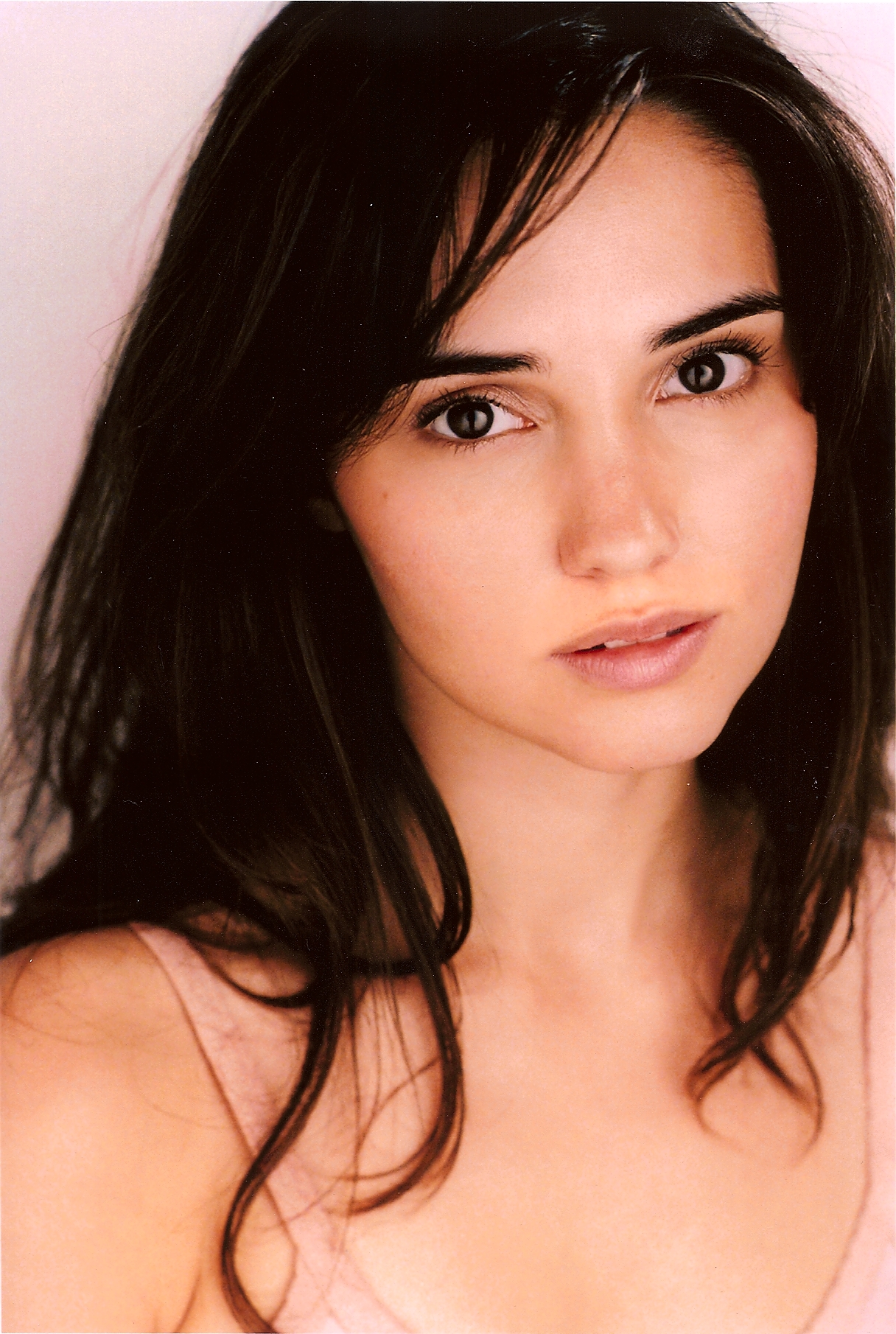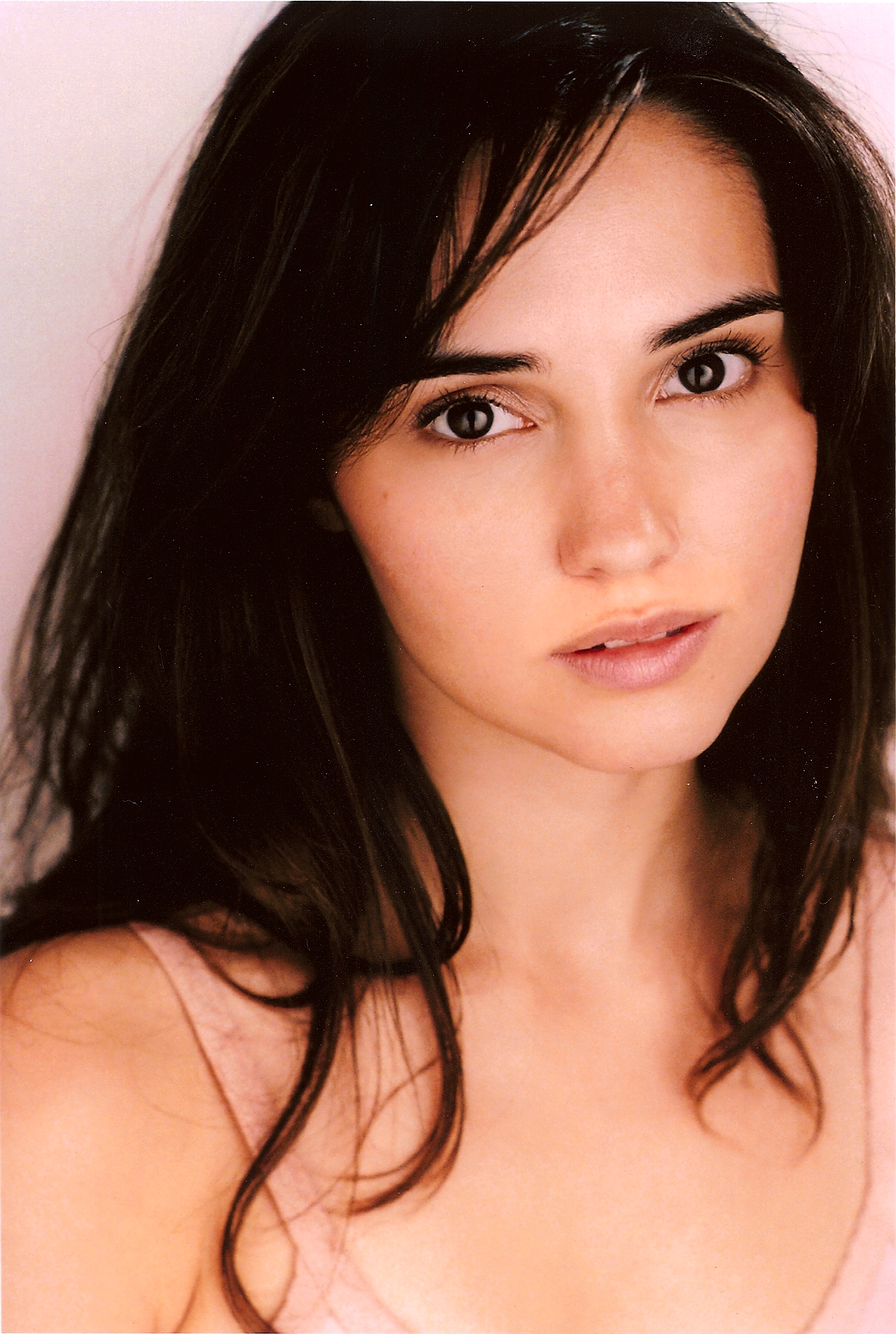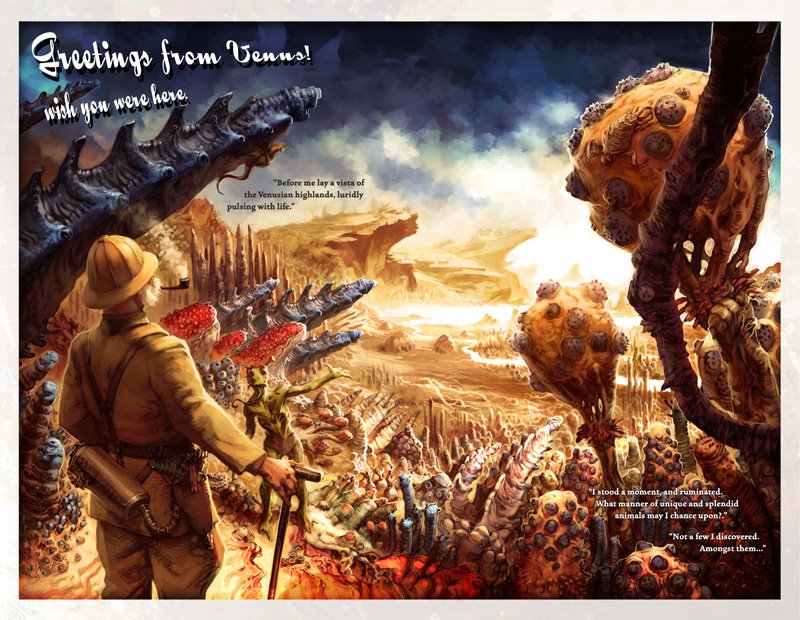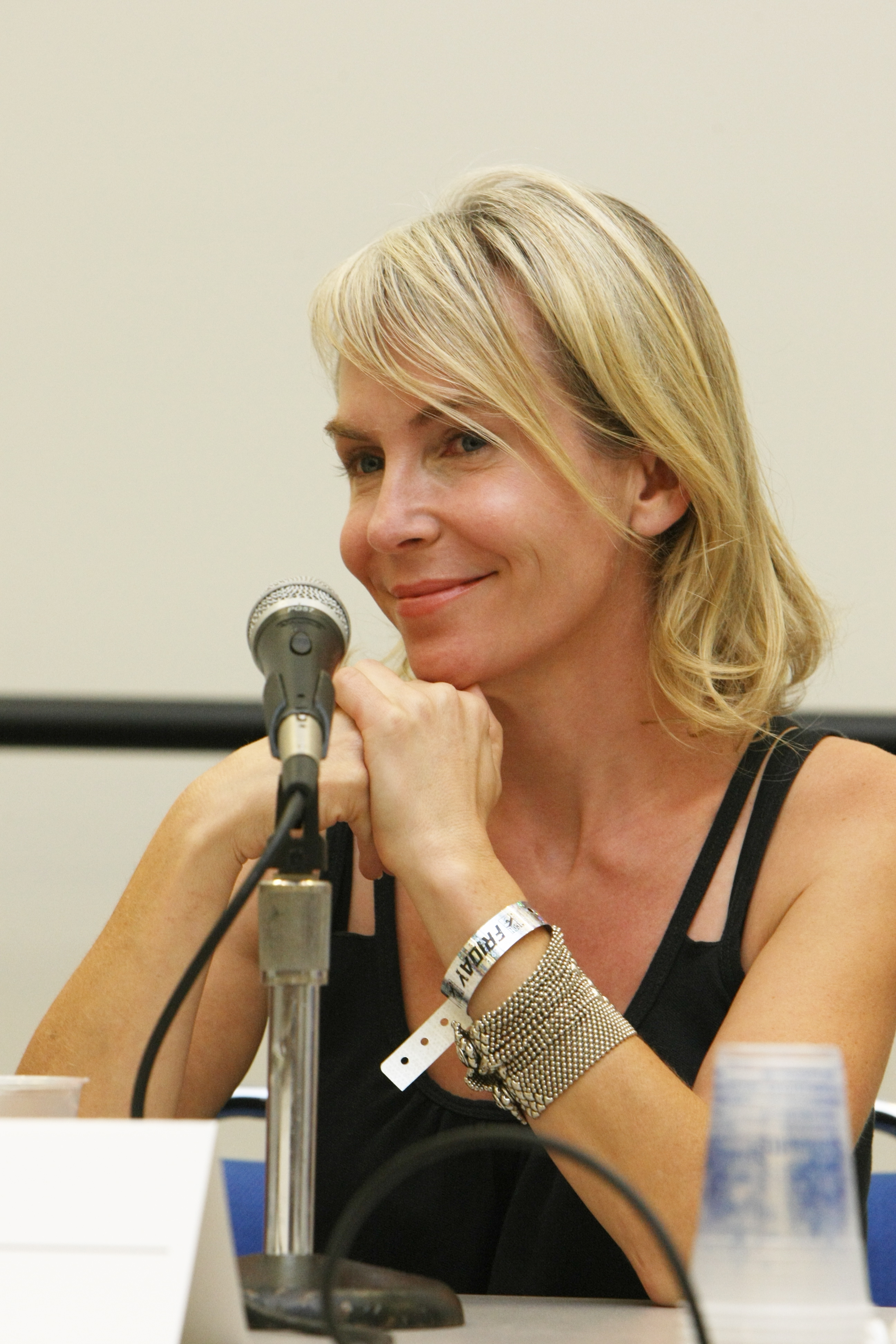Breakthrough Performer: Laura Breckenridge
Posted on July 30, 2010 at 8:00 am
 I make no pretense of objectivity. But even if she was not my friend I would appreciate Laura Breckenridge as one of the most talented young actresses working today. She has appeared on television (“Gossip Girl,” “Related”), in movies (“Loving Annabelle,” “Southern Belles”), and on- and off-Broadway (“The Crucible” and “The Cherry Orchard”). Because I know her, I can appreciate her professionalism, judgment, and dedication. And because I have seen her on stage, on television, and in films playing a wide variety of characters, I can appreciate her talent and her ability to captivate an audience.
I make no pretense of objectivity. But even if she was not my friend I would appreciate Laura Breckenridge as one of the most talented young actresses working today. She has appeared on television (“Gossip Girl,” “Related”), in movies (“Loving Annabelle,” “Southern Belles”), and on- and off-Broadway (“The Crucible” and “The Cherry Orchard”). Because I know her, I can appreciate her professionalism, judgment, and dedication. And because I have seen her on stage, on television, and in films playing a wide variety of characters, I can appreciate her talent and her ability to captivate an audience.
I was thrilled to hear that Laura will appear on “Drop Dead Diva,” this weekend, co-starring with Cybill Shepherd in a plot she describes as “‘Devil Wears Prada’ with a twist.” First, I can’t wait to see it. Second, it gave me an excuse to catch up with her and congratulate her on her graduation this spring from Princeton. We chatted a bit about the movies we’ve enjoyed lately and then I asked her about her latest role.
Tell me about “Drop Dead Diva!” People love that show.
It’s a really good show! It’s very well done and very smart. They handle the fantastical element very well and make it very real, and at the same time it’s a lot of fun to watch. I watched a bunch of episodes to understand the tone of the show when I was preparing, and loved them. I now watch the show whenever I can. The cast is very talented and I can see why it is a big hit.
I’m in an episode called “Queen of Mean,” airing August 1. It stars Cybill Shepherd. She plays Ellie Tannen, head of a fashion line, and I’m her former assistant who has written a tell-all book, and she’s suing me now. Then you see there’s a few other things that happen and I may not be as innocent as I seem. The character is a lot of fun, and one of the things I am most thrilled about is that I got to sit on a witness stand. I don’t know if I’d ever want to do that in real life, but I’d never done it in a show and there’s something about sitting in that box! They have built most of their sets on a soundstage and they replicated a courthouse that they used in the first season, down to the last detail, so it felt very much like a courtroom.
What did it feel like to be cross-examined?
It was fun but not so fun at the same time. She is good! What I think Brooke does so well is that she will be the smart lawyer Jane and then have a flash of Deb, the model. She balances it so well and I think she lights up the screen. She’s just like that in the room. So she looks at me and I think, “Oh, no, she’s got me!” It was easy to play rattled in the scene. She is a great scene partner because she has a theater background so she is always very present, very there. She’s so talented.
Another thing that was fun was the scene where we all enter. Because Cybill Shepherd’s character is such a famous person we are surrounded by paparazzi, all these photographers. There were a lot of people involved, and a lot of components to the scene, so everyone had to coordinate and work together. It was the first scene I shot, and it gave me a chance to meet everyone and get into the flow. There was so much happening it was exciting, and I felt so lucky to be there. It reminded me how much I love being on set, where all the various parts of a show come together.
How long did it take to shoot the episode?
It took eight days. After I got the job I found out that shooting began on the day before my last exam. They were really accommodating and worked out the schedule so I could go to Atlanta, where they film, right after my last exam. It was nice to finish my exam and go right to work. We were in Peachtree City, Georgia, which is about 40 minutes outside of Atlanta. It is a planned community with 90 miles of golf cart trails. There are cars on the main road but everything in the city is attached by golf cart paths. So there was something relaxing about traveling around the town in the golf carts.
Did you have to go to Atlanta to audition?
I did it in New York. Most agencies have tape rooms, a teeny room with a camera, where you can do an audition on tape. The benefit is that you can do it over if you want to, but the drawback is that the casting director is not there to give you feedback. I did an audition for an earlier episode, and then they asked me to come back and do another one for this one.
Tell me about working with Cybill Shepherd.
Cybill is so knowledgeable. It’s not just that she’s been doing it for a long time. She is very observant. She knows eye-lines as well as any director of photography. She understands camera angles, knows where she needs to be, she just knows it all, so just watching her was amazing. And she is very sweet and very lovely to work with. When she was doing her scene on the witness stand it was amazing to watch; she was just so good.
I know the schedule for shooting television is very fast. How do you coordinate with the other actors?
With TV, there’s no overall rehearsal. You have a blocking rehearsal and then back in hair and make-up or on the set after the wide shot is when you have a chance to talk. There’s definitely a collaborative aspect, but it’s more on the moment.
You had quite a contrast this summer because you did a big budget scripted television series and you also did a microscopic budget 24 Hour Plays in New York. What was that like?
A friend told me it was the most amazing, thrilling, frightening experience of her life — and it’s true. You meet at 9 pm and everyone brings a costume and a prop and contribute it to a pile. There are six writers and they pick the actors, costumes, and props they want. They write until 6 or 7 am. The directors show up and pick their plays. And then the actors show up and you have 12 hours to rehearse and memorize. You’re going on instinct so sometimes things happen on stage and you just go with it. It’s a wonderful experience, very collaborative, all of us just holding hands and diving in and hoping for the best.
I did it last year, and was so happy to be invited back, because I loved the experience. This year I did a play called “Hero Dad,” about three different dads. I played three different versions of the same type of girl, to come into these dads’ lives and remind them of their responsibility, going from kind of funny to very serious. It was an intense and challenging play to learn in twelve hours, but that type of experience is always the most thrilling and enjoyable. 24 Hour Plays really re-awakens your instincts and helps remind you to rely on your fellow actors, use their energy and act off of it.
It sounds like theater is your favorite.
I really do love all three. I like the challenge of different ways of working. I value rehearsal time and the energy of live theater, where it’s different every night. Sometimes the audience does not know it, but they are a part of the performance. They bring the final piece to it, and every audience is different. I will always love theater, but it is hard to pick a favorite. With film and TV you are able to capture things that happen in one specific moment, and because they are filmed, they are captured forever. The challenge in film and TV is to find the precise moments right there and then, with only the energy of your fellow actors to help you. Once the scene is done, it’s done; it won’t change as it can in theater. What I love about TV is it’s constantly evolving and you’re evolving with it. TV characters feel like they’re in our lives, not just because they are in our living rooms every week but because we get to see them grow and develop and you get to see how the same character takes on new challenges and new perspectives. I feel fortunate to have had experiences in theater, film and TV, and I hope that I will have a career that balances all three.





